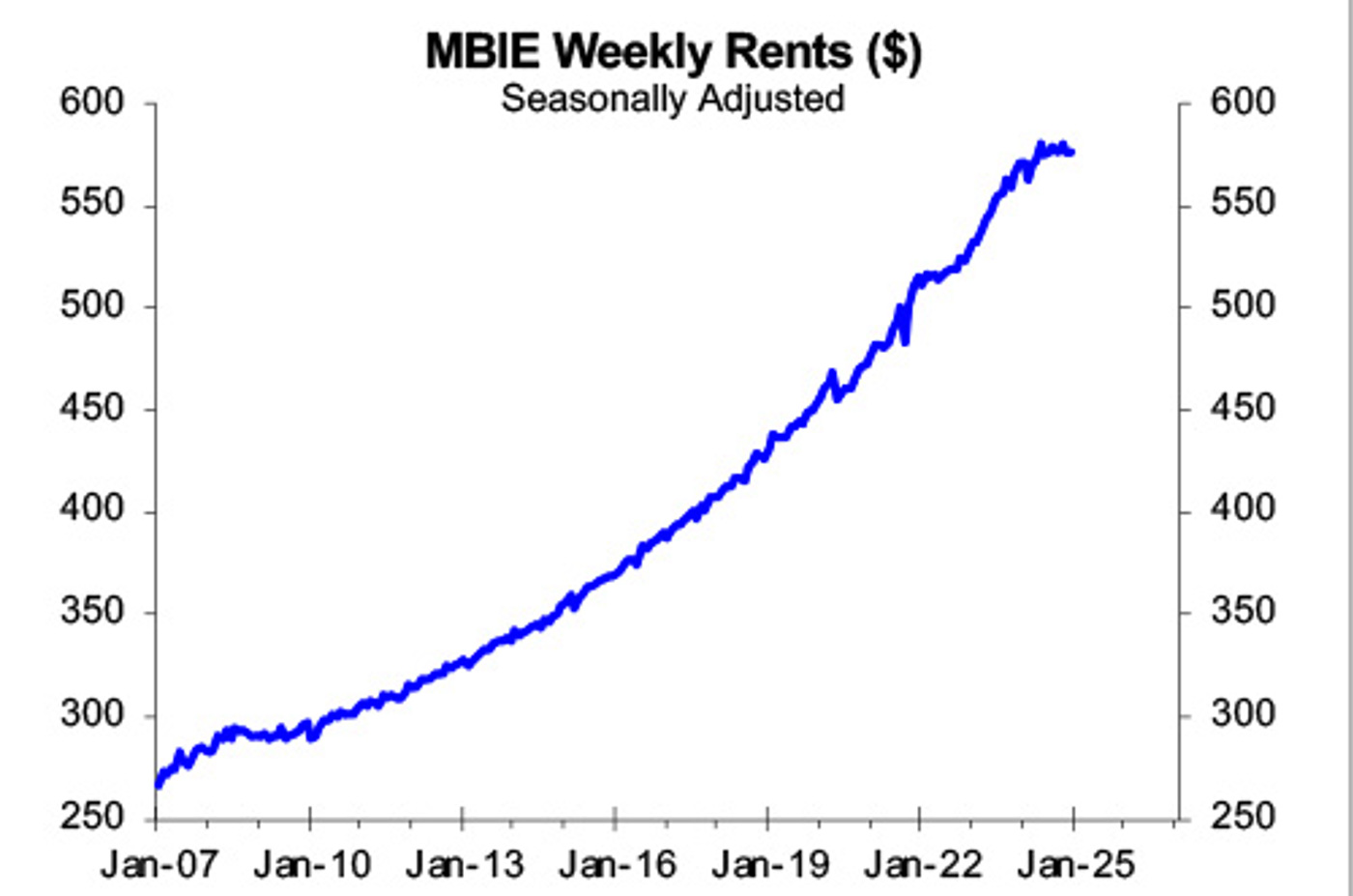
Starting to see an increase in enquiries? If you aren’t now, you should soon, writes says economist Rodney Dickens.
![]()
There is a major boost in the pipeline for residential building from falling interest rates. Most builders should have started to see improved enquiries while as interest rates fall more enquiries should increase. However, low population growth and high building in the last couple of years cast a bit of a shadow over the recovery that will offset a moderate amount of the boost from the fall in interest rates.
Interest rates are a more powerful driver of residential building. For example, despite population growth tumbling to near zero after the closure of the international border in 2020, new dwelling consents subsequently surged (see the first chart). The surge was driven by a massive fall in interest rates. Equally, despite population growth surging to the highest level ever after the opening of the border in 2022, new dwelling consents subsequently fell lots, driven by a major increase in interest rates.
The first chart shows the surge in NZ annual new dwelling consents after the 2020 closure of the border and the fall in consents after the 2022 opening (left scale). They occurred despite population growth first tumbling and subsequently surging (right hand scale). It takes about five quarters for population growth to impact on consents. Reflecting this, the red population growth line in the first chart has been advanced or shifted to the right by five quarters.
The recent tumble in population growth poses a threat to residential building this year and flowing into next given the normal lagged impact. However, the experience in recent years points to falling interest rates dominating and driving at least a moderate recovery in residential building.
At least initially the recovery could be mild because of the combination of low population growth and the high level of building in recent years; above the level needed to accommodate population growth. An indication that growth in the housing stock has been above what is needed to accommodate population growth is hints of weakness in weekly rents reported by MBIE (see the second chart).
If not so much initially, in time the boost from the fall in interest rates will dominate and drive at least a moderate recovery in residential building including new building and alterations. Consistent with this, existing dwelling sales reported by REINZ that respond quicker to mortgage rates than new dwelling consents have started to recover but the rise has been toned down somewhat because of a still quite high stock of property for sale. High building relative to population growth has in part contributed to the high stock of property for sale.


![]()
